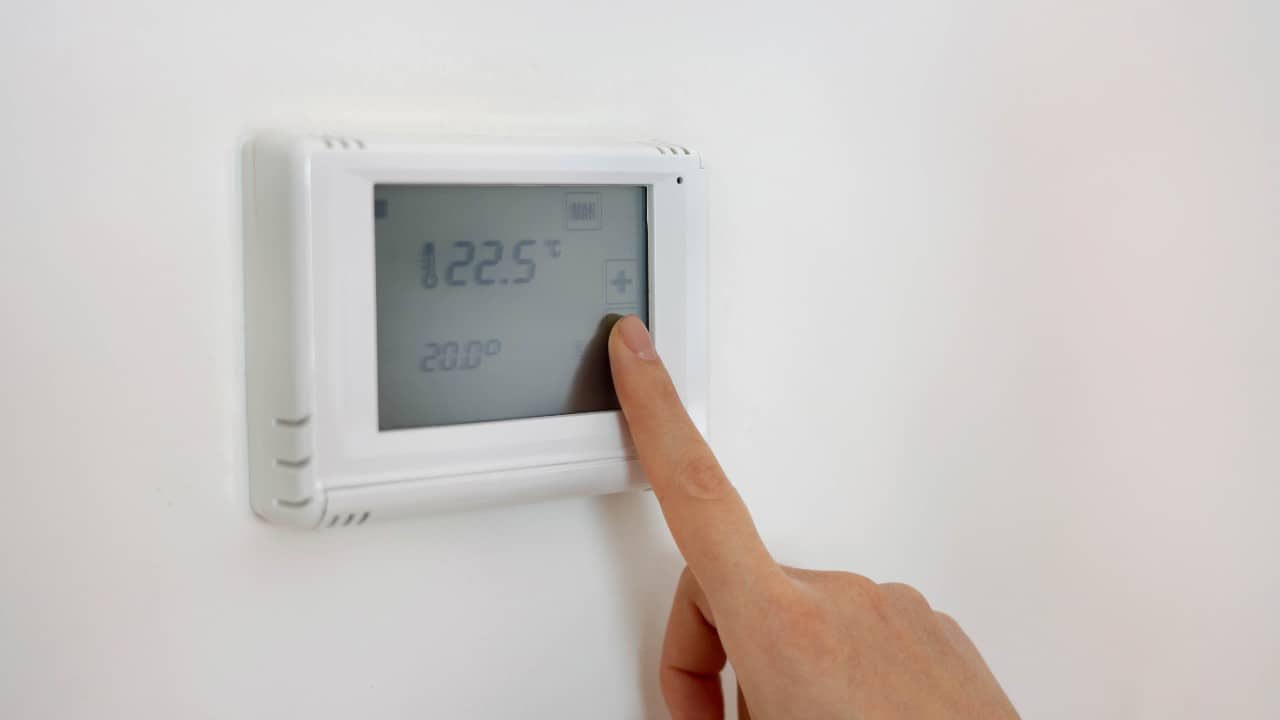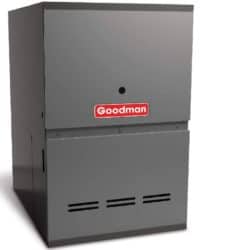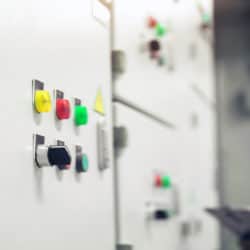One of the most common questions posed by those who own furnaces is whether the fan of this appliance should be set to the “on” or the “auto” setting.
And it’s a completely fair question, as far as I’m concerned. After all, you want to be as comfortable as possible in your home, properly maintain your HVAC system, as well as save some money. For that matter, I’ve done a bit of research to give you a proper answer.
When it comes to the furnace fan settings, “auto” is undoubtedly the best choice for the winter months. Using this fan setting during the colder part of the year is guaranteed to assist you in saving money and energy. It will also keep the air inside the rooms of your house at an optimal temperature.
For the summer months, on the other hand, “on” is the best furnace fan setting. It will assist your HVAC system in cooling the rooms of the house while also preventing the appearance of hot or cold spots inside them.
There you go – those are the best fan settings to use during the hot and cold months of the year. If you’re looking for a more detailed explanation – and if you want to learn more about the furnace fan settings in general – make sure to keep reading.
Contents
What’s a Furnace Fan?
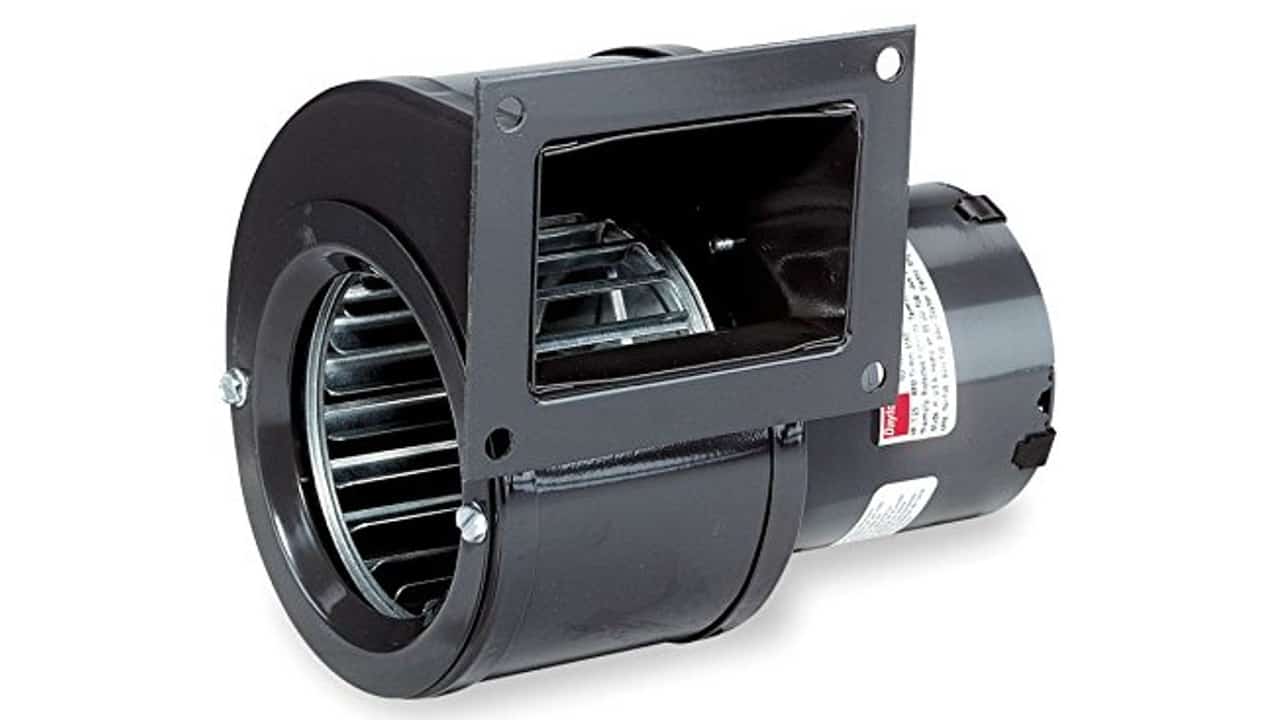
Although it plays a crucial role in every HVAC system, the furnace fan is a somewhat obscure part – not many people know what it looks like or what is its purpose. However, knowing the location and the function of this feature is very important if you want to get the most out of your furnace.
Also known as the “blower”, the furnace fan is a part that utilizes electricity in order to push cooled or heated air throughout the HVAC system. This process is known as the “forced convection”.
This process is used only for the furnace-heated air in homes that don’t have a central cooling system. In homes that do have a central cooling system, on the other hand, it is used for cool air circulation.
Decades ago, the only way to heat a home was through the process of “natural convection”. The open areas of the house were splashed by waves of warm air coming from the fireplaces and stoves. With people having to stay close to the source of heat during the cold part of the year, this wasn’t very practical.
That is precisely what makes the furnace blower such a great invention. It’s a simple device that provides millions upon millions of people around the globe with easy and efficient home heating.
Furnace Fan Settings
With the furnace fan serving such a crucial purpose, it’s very important to learn more about its two main settings – the “on” fan setting and the “auto” fan setting.
The “Auto” Setting
This particular setting can be accessed from the thermostat. Setting the fan to “auto” means that it won’t be running all the time, i.e. it won’t work continuously. In this mode, the fan only runs when the thermostat tells the furnace – or the air conditioning unit – that it’s time to provide warm or cool air.
When the air conditioning unit, or the furnace, in this case, has provided your home with a sufficient amount of hot or cold air, and the desired temperature (the one that the thermostat is set to) has been achieved, the furnace fan will cease operation.
The “On” Setting
Just like the “auto” mode, the “on” mode can also be chosen via the thermostat. As you can already guess, putting the furnace fan into this mode means making the fan run without stopping. It will continuously run regardless of whether the furnace itself is working or not.
If you put your furnace into this mode, you are bound to notice – and by this I mean to feel and hear – the air coming through your home’s vents.
Is It Possible to Adjust Furnace Fan’s Speed?
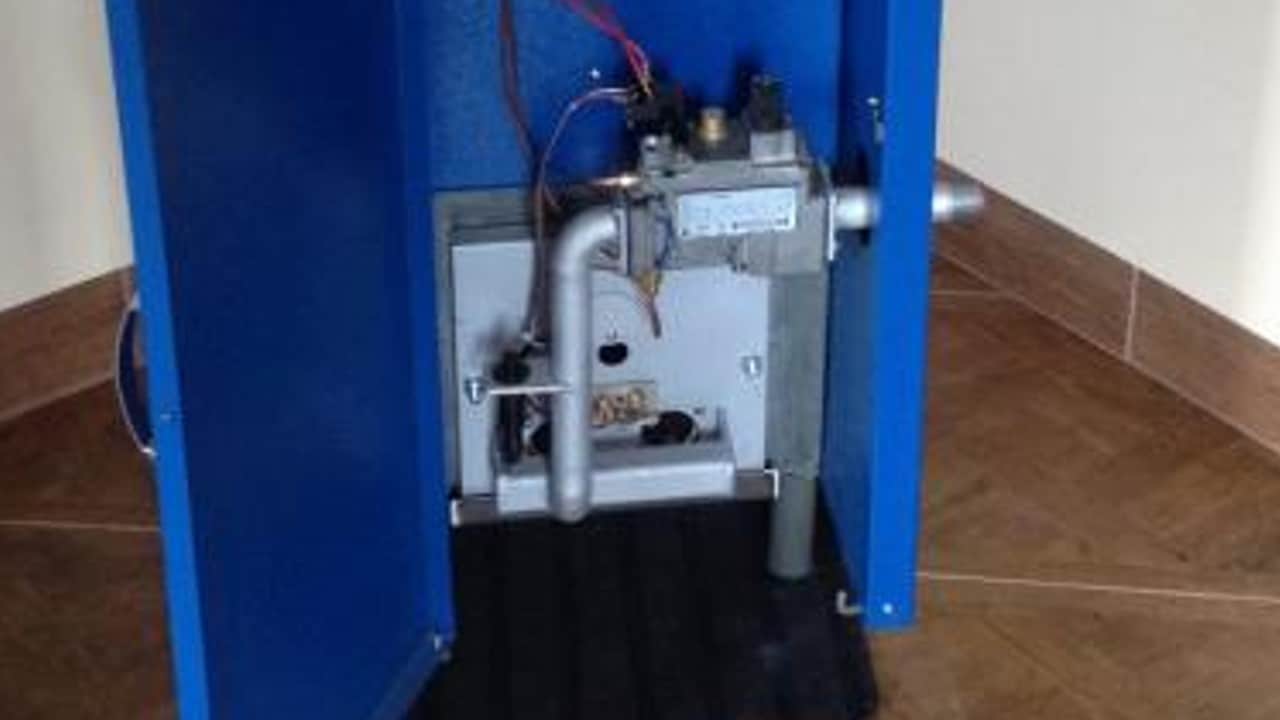
Yes, this can be done. However, when compared to something as simple as pushing a button on the thermostat, adjusting the furnace fan’s speed is more strenuous. To do this, you will have to:
- Shut down the power source of the blower;
- Find the wires that are connected to the coolant terminal and disconnect them;
- Inspect the blower speed on each of the wires by using a manometer;
- Depending on the desired speed, connect the corresponding wire to where the black wire was located initially, i.e. to the bottom right of the coolant terminal.
I would recommend you to contact an HVAC service and let a professional take care of this task for you. If you’re not a DIY-savvy person, you could make mistakes and consequently end up with serious injuries.
In The Winter
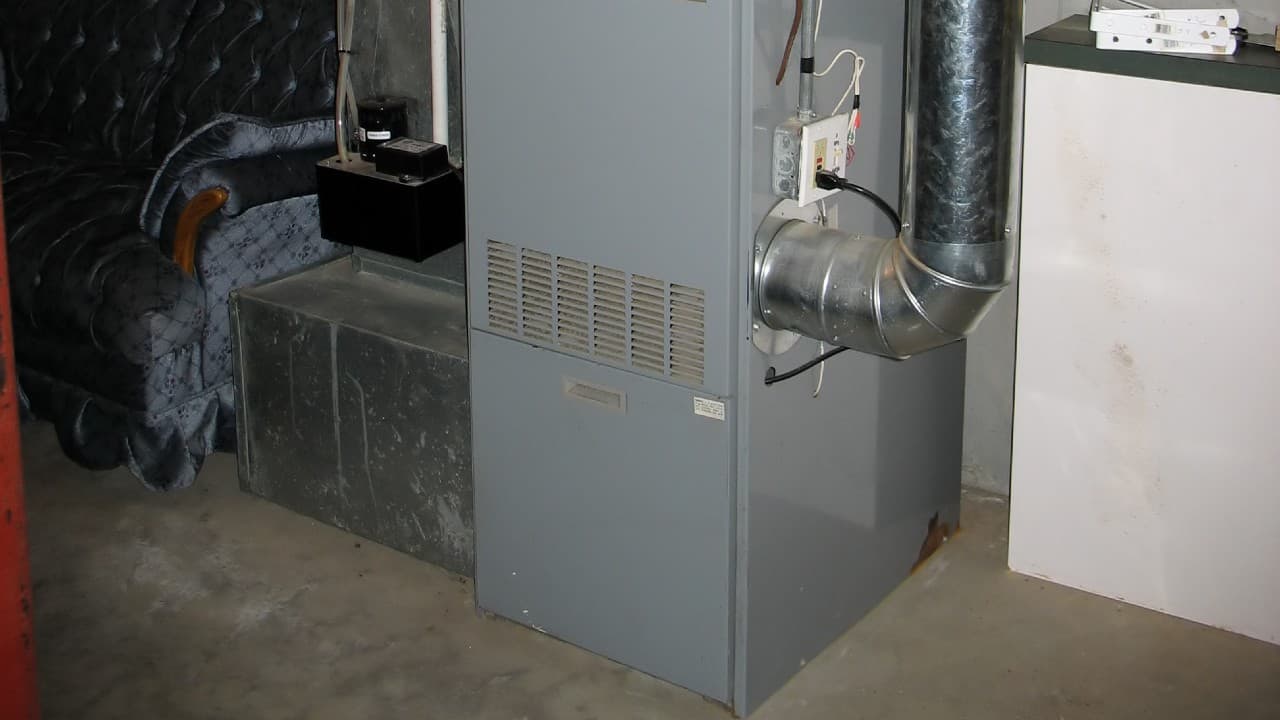
The furnace fan is an especially useful device during the cold winter months, as it makes our homes cozy and warm. During this time of the year, the blower should be used less frequently – here’s why:
Advantages of Using the “Auto” Mode
Putting this device into the “auto” mode during wintertime is never a bad idea, and there are several reasons behind that. The most important one is that doing so means keeping your house warmer for longer.
As it pushes the already-heated air, the fan warms the house. However, if it pushes air that hasn’t been heated, the only thing that the fan will do is cause the indoor temperature to drop faster.
Moreover, keeping the device in this mode means saving more energy and, therefore, more money. You will want the heat that was created by the furnace to be retained by your home, and this is bound to allow the furnace to work less, saving you fuel, electricity, and cash in return. To put it simply, the heat inside your home will be preserved for longer.
Another reason why keeping the fan on “auto” during the cold months is a good idea is because doing so increases the lifespan of the furnace filter. When they don’t have to work continuously, filters don’t have to clean as much air and, therefore, don’t suffer as much wear and tear.
Disadvantages of Using the “On” Mode
Using the “on” mode in the winter, on the other hand, is certainly not a good idea, and for a couple of different reasons. As I’ve mentioned above, one of those reasons is that doing so typically causes the indoor temperature to go down faster. It goes without saying that this is counterproductive.
Another disadvantage is the cost – using the “on” mode in the long run during the cold part of the year is guaranteed to cost you more money. After all, the furnace fan is among the biggest energy consumers that a household can have.
Finally, using the device in the “on” mode during the cold months is bound to cause more wear on the appliance. If it works non-stop, its lifespan is going to decrease – there’s no doubt about that.
Should I Turn the Fan on While the Heating is On?
The short answer to this question is – yes, you should.
Whenever the appliance starts heating cold air, it will produce a sound. This sound should always be accompanied by the fan’s hum, which occurs as the fan pushes this air through the ventilation system. You should be able to feel the hot air blowing out of the vent if you put your hand over it.
In case your furnace is running somewhat slowly or if it’s not running at all, you’re definitely having some kind of trouble with your HVAC system. Make sure to contact an HVAC service and have an expert inspect your problem.
How Frequently Should the Furnace Fan Operate in Wintertime?
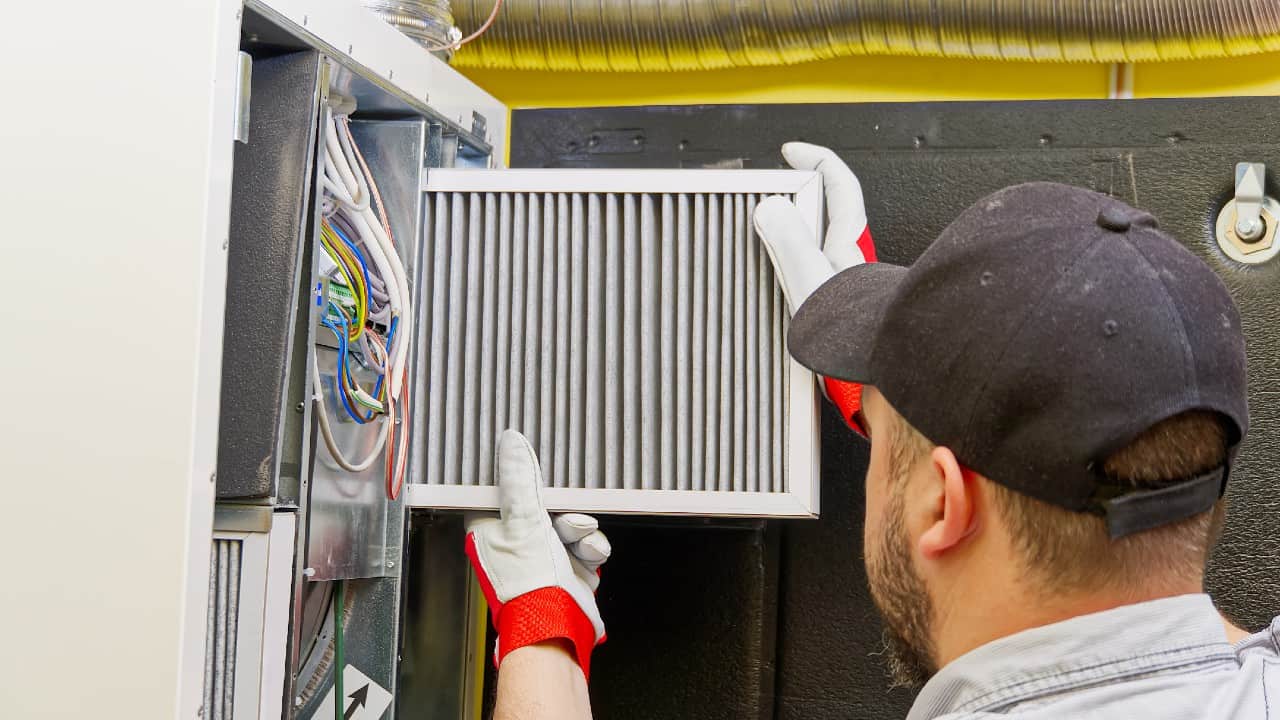
During the cold months, the furnace fans should be in operation only when the furnaces themselves are operating as well. How many times will this need to occur should depend on how often the appliance has to raise the temperature inside the rooms of your home by delivering heated air to them.
Many factors can affect this – the age and the size of the house, the amount and the quality of the insulation, and so on. In an ideal kind of situation, the fan and the furnace will cycle between three and eight times per hour.
In the Summer
The summertime is a part of the year when most homeowners don’t even think about using this device. However, there are certain advantages to using the furnace fan during the warmer part of the year.
Advantages of Using the “On” Mode
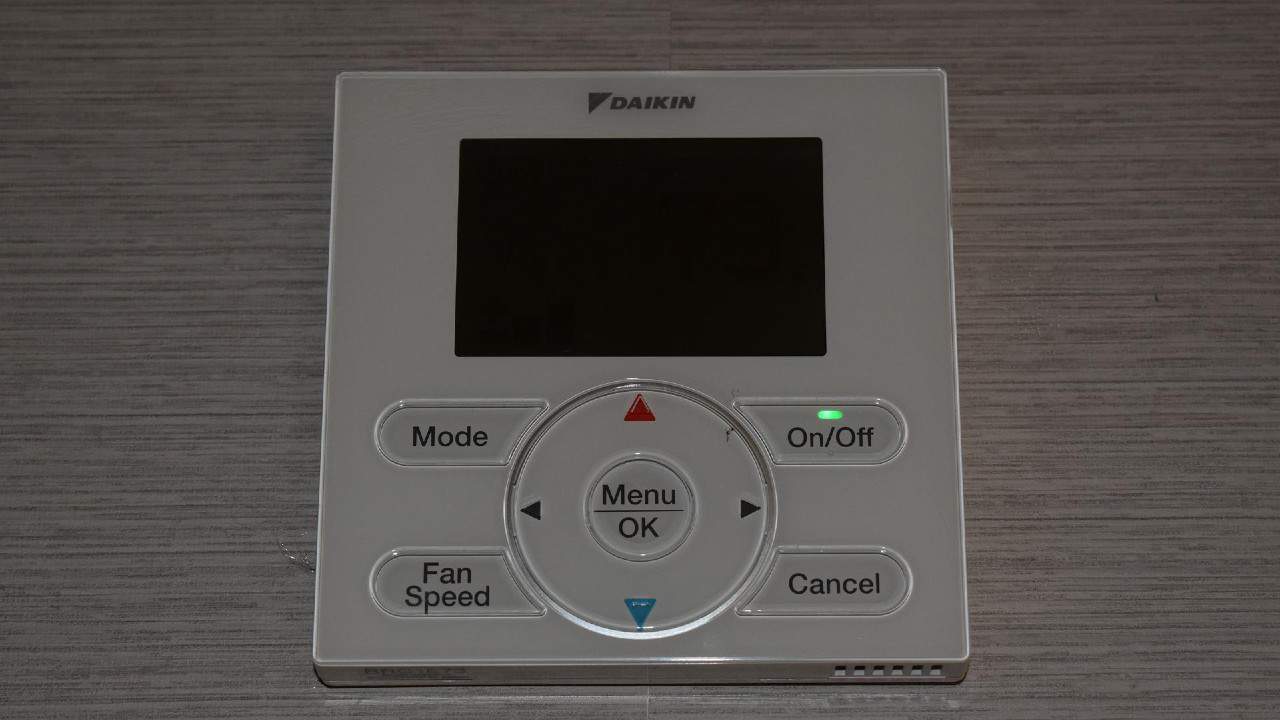
Using the furnace fan in the “on” mode during the summer months is never a bad idea. One of the reasons why you’d want to do this is because it will help you maintain the temperature of your home and cool down its rooms more efficiently.
When this device is used in the “on” mode, it will, obviously, be in operation at all times, regardless of whether the air conditioning unit is currently cycling or not. This can be of great help – it will quickly and continuously push air throughout the house.
This will keep the temperature low for longer and prevent hot spots around the home from appearing even when no air is being cooled. Furthermore, it will prevent the air conditioning unit from having too many starts and stops – these can and will shorten its lifespan.
This setting can be of particular use to folks who own large houses with multiple stories.
Disadvantages of Using the “Auto” Mode
With this appliance using quite a bit of electricity, it can be tempting for homeowners to use it in the “auto” mode. Keep in mind that doing something like this can be counterproductive.
For the reasons I talked about earlier, opting for the “auto” instead of the “on” mode can unintentionally cause your HVAC unit to operate more often than it should. This won’t only shorten its lifespan but also force it to use more energy.
In some cases, keeping the fans on “auto” instead of “on” can actually raise the summer energy bills!
Running the Blower All the Time: Yes or No?
Running the blower all the time is actually beneficial for both the HVAC unit and the blower motor itself.
On both of these mechanisms, it is the starts and stops that cause the most wear and tear.
The Takeaway
Knowing how to use the furnace fan during the winter and the summer months is essential – this is, after all, a crucial part of your cooling and heating system.
In summary, your best is to use the fan in the “on” mode during the summer months and in the “auto” mode during the winter months. Doing this is bound to keep the rooms of your home as comfortable as possible during both of these seasons.
